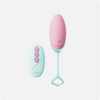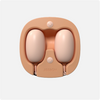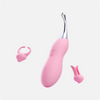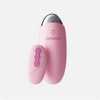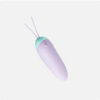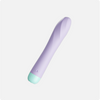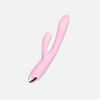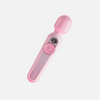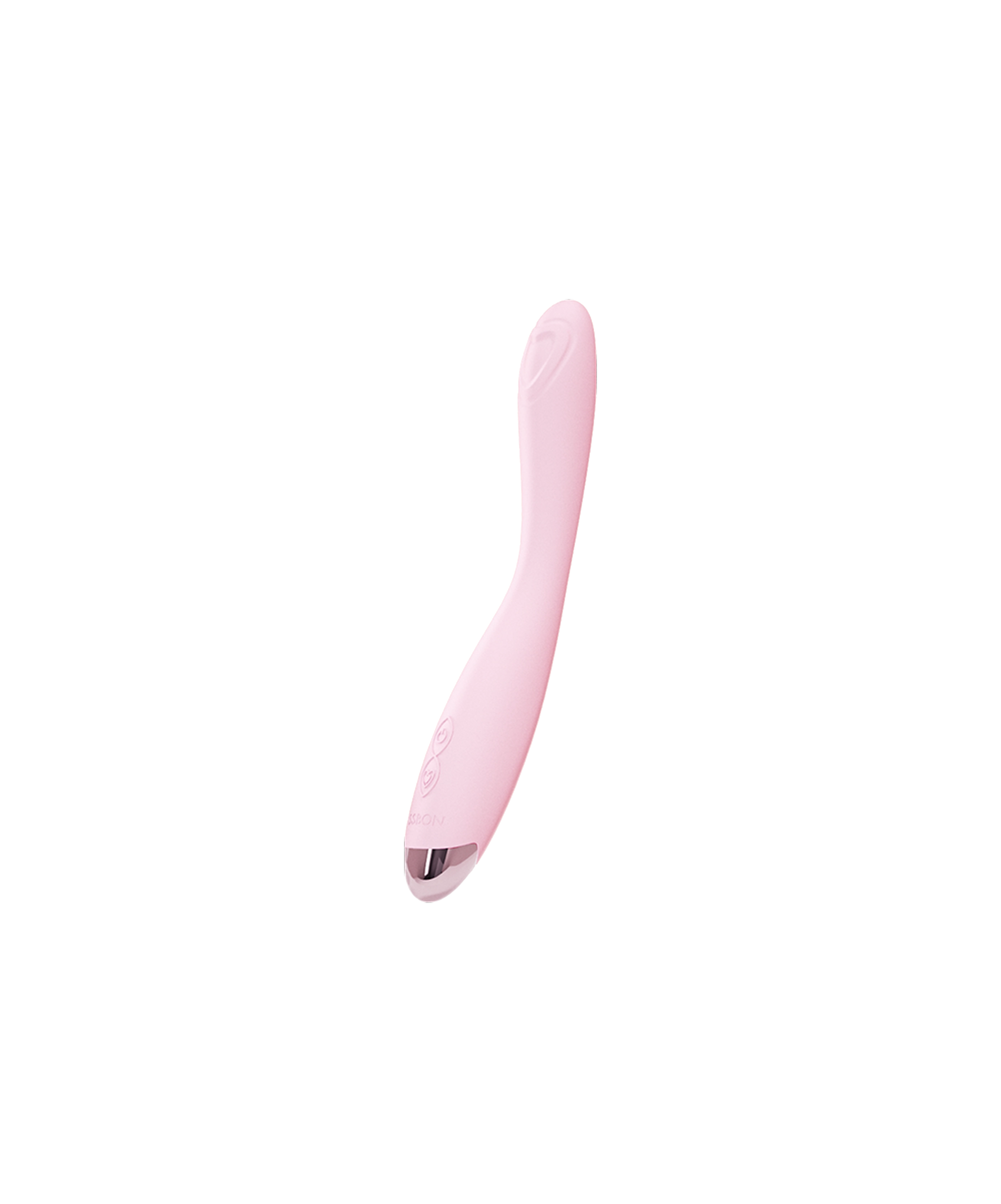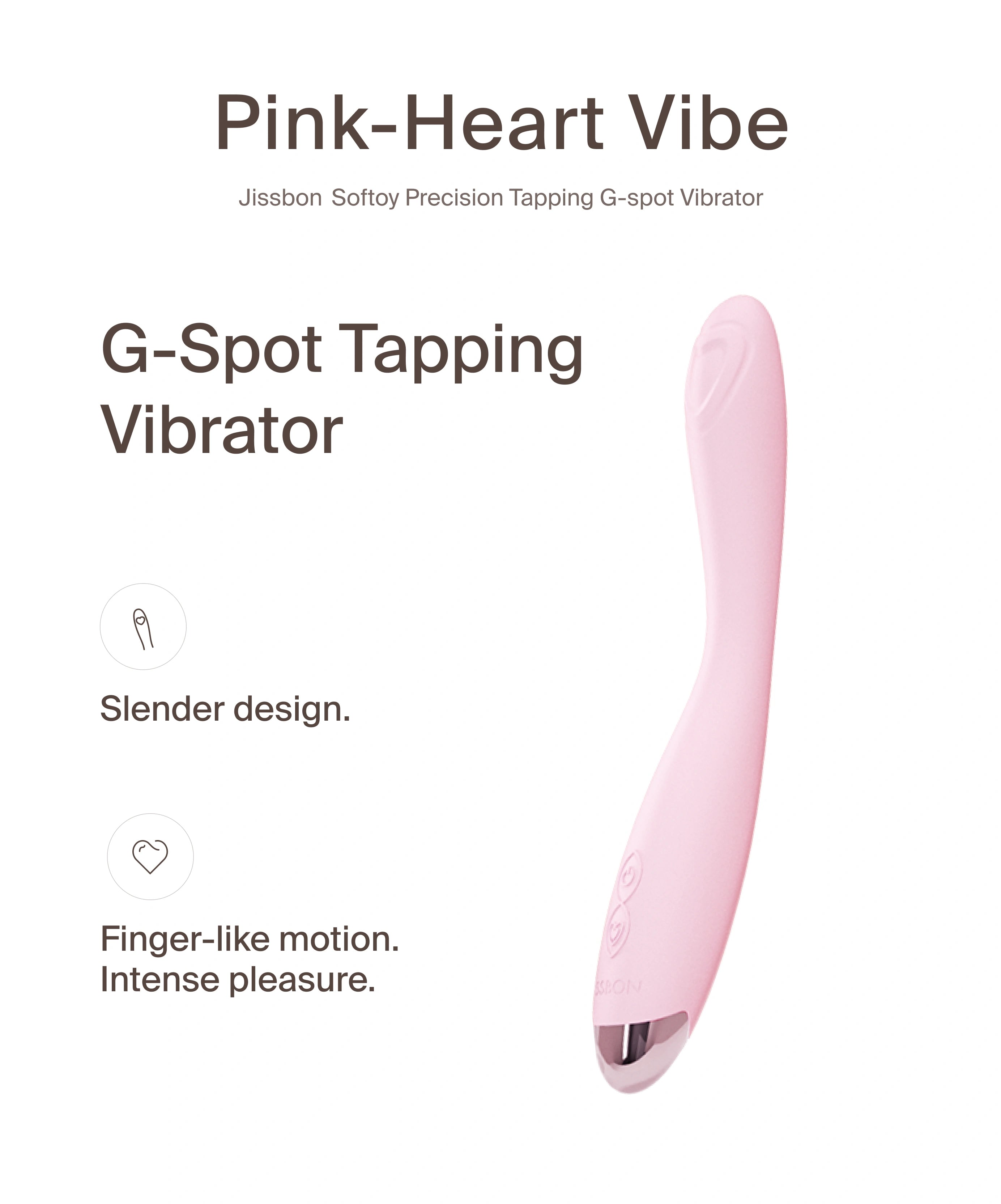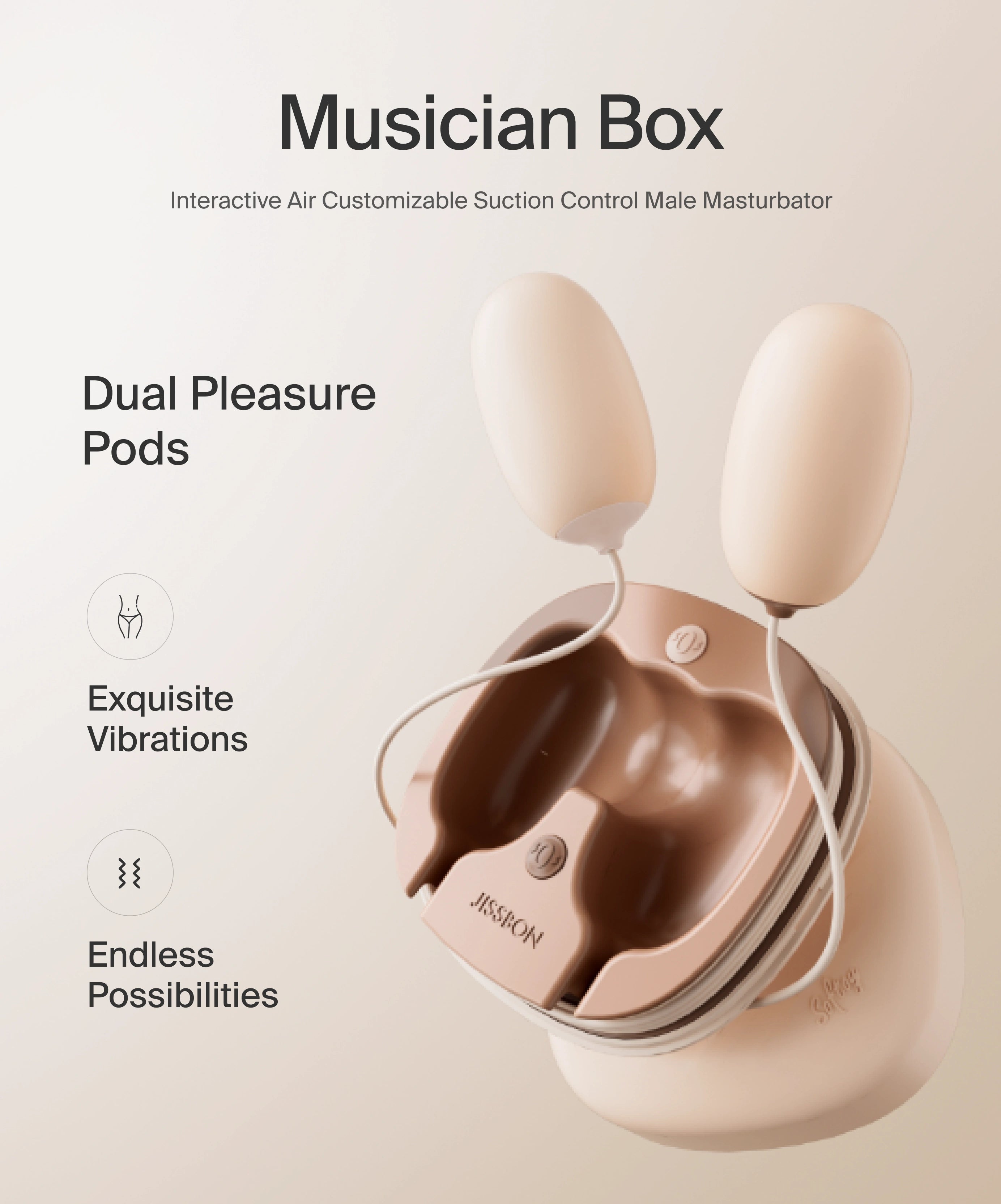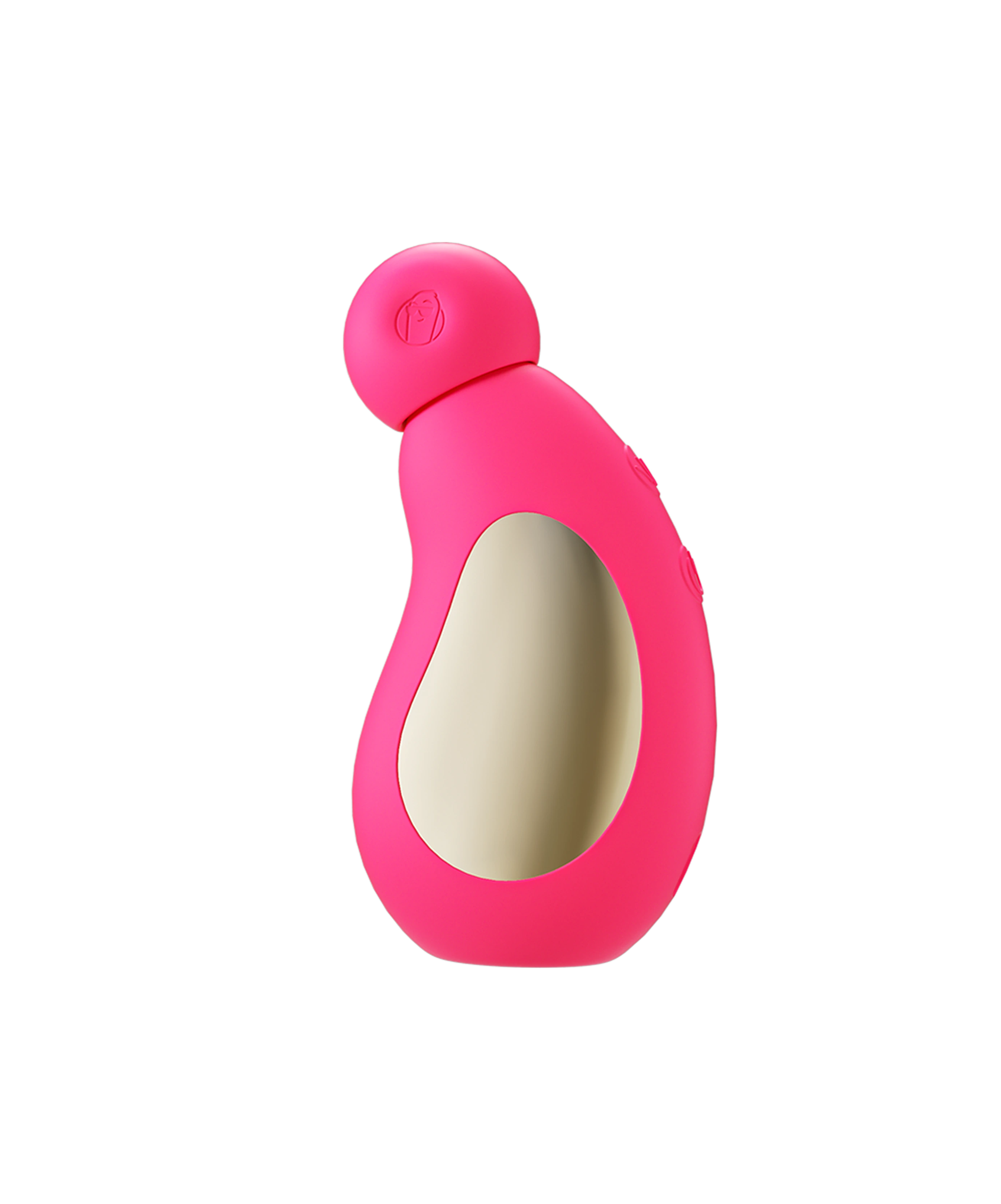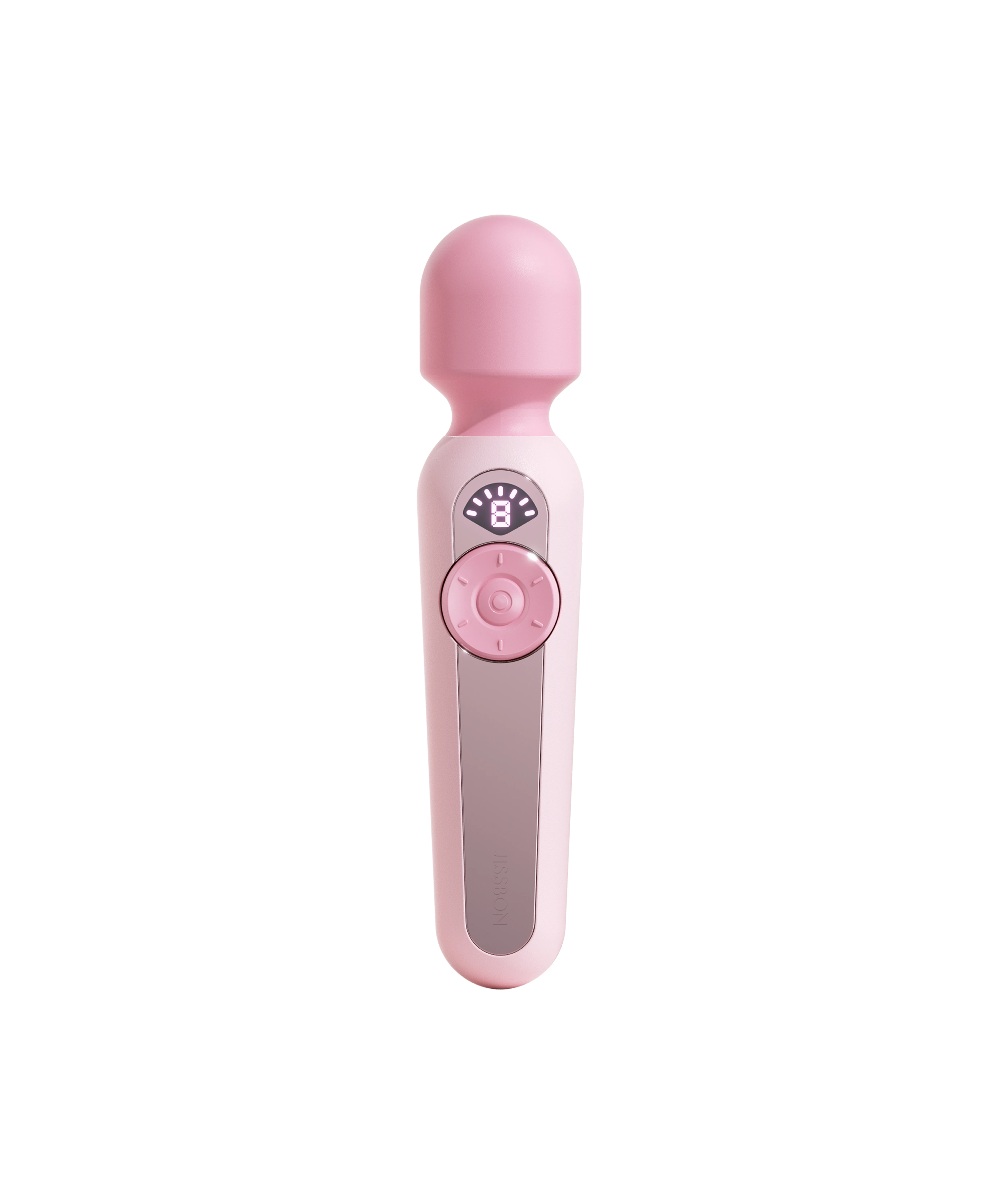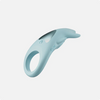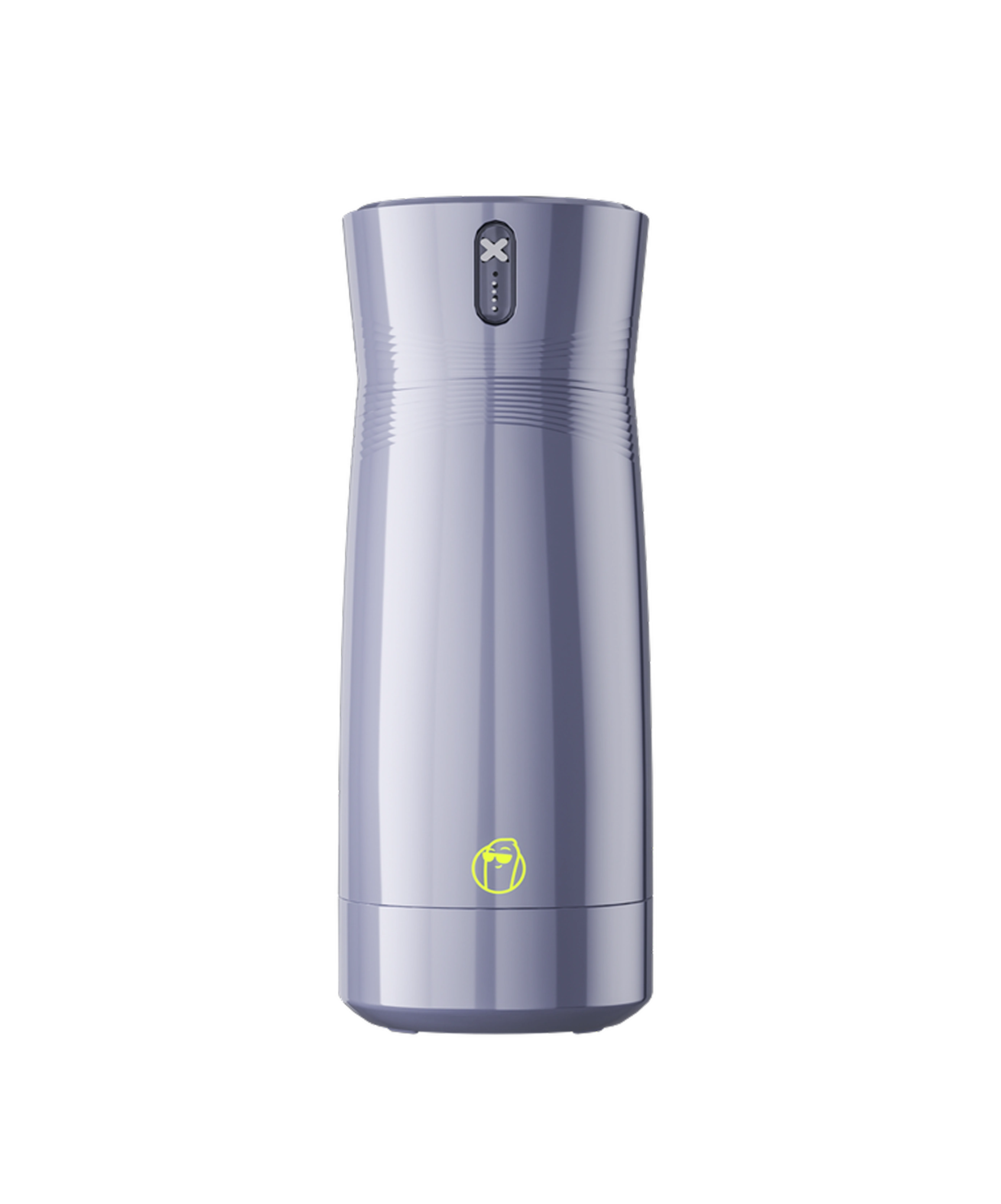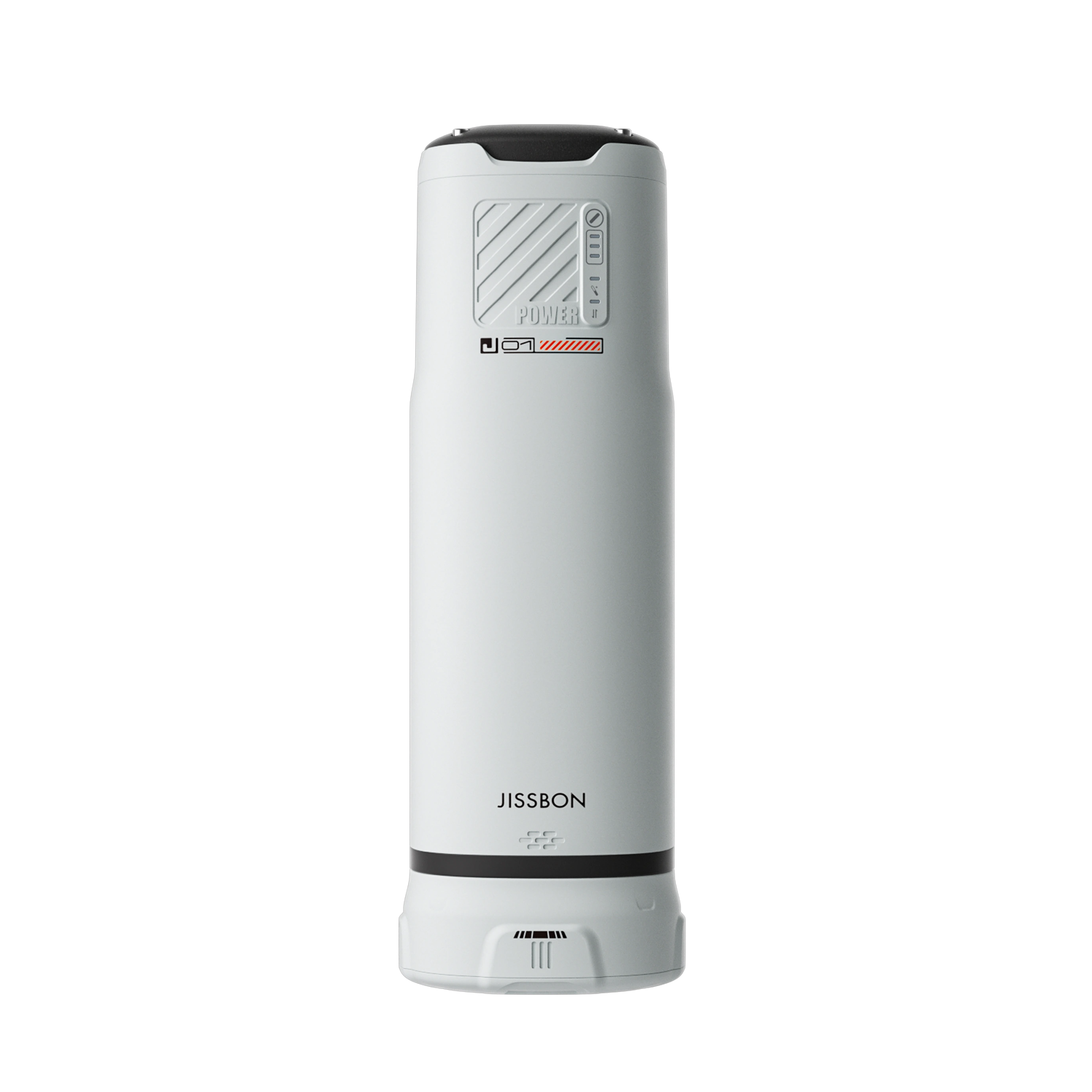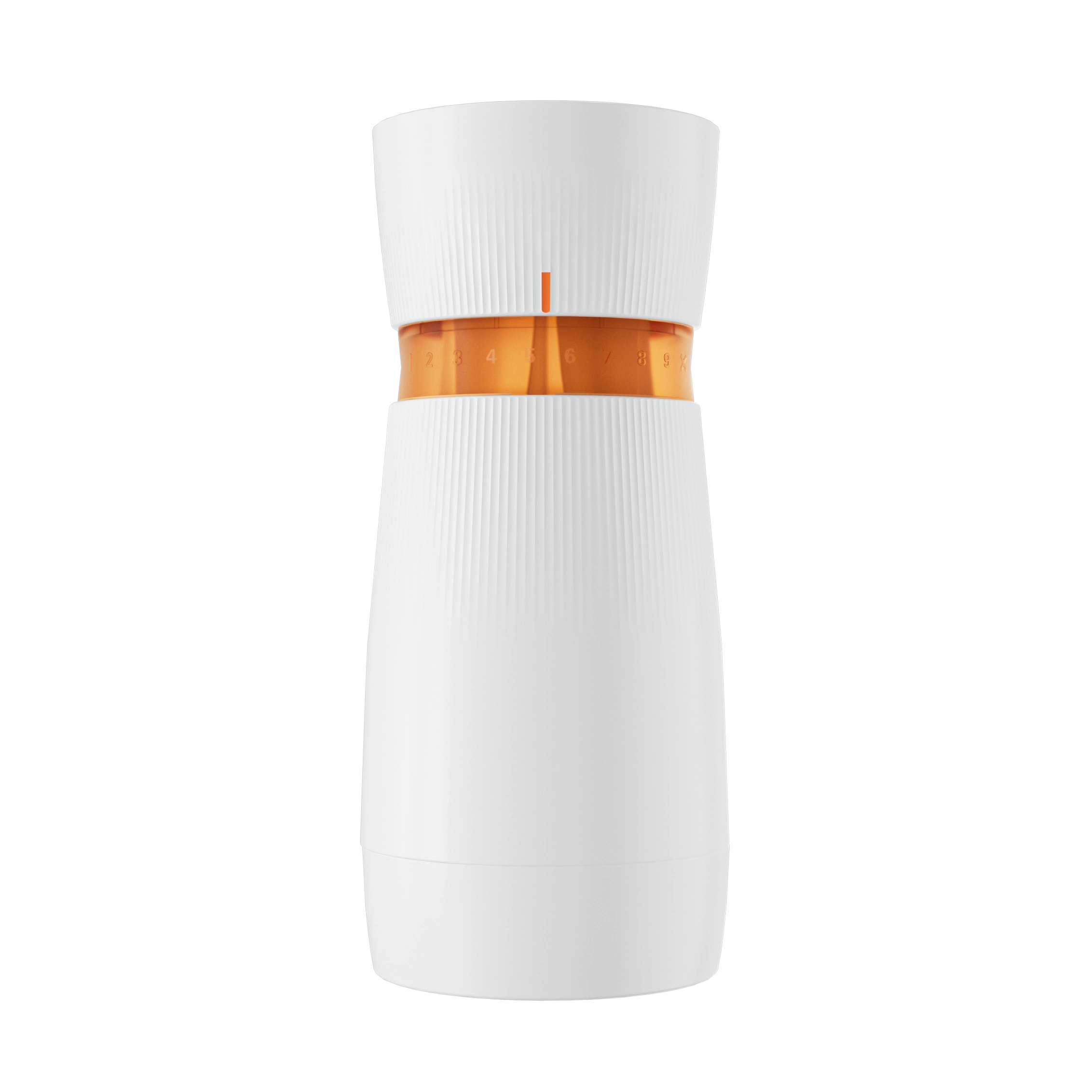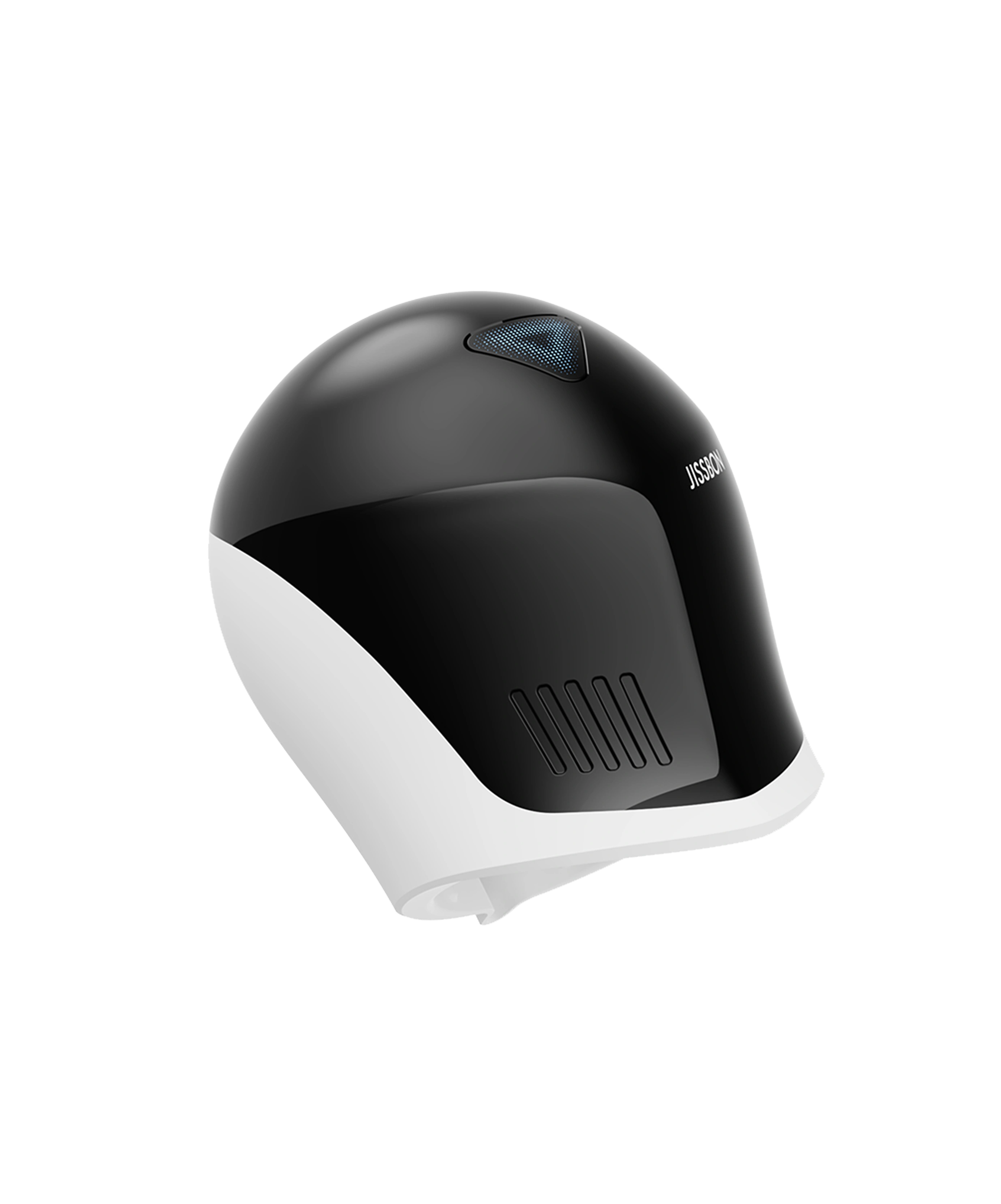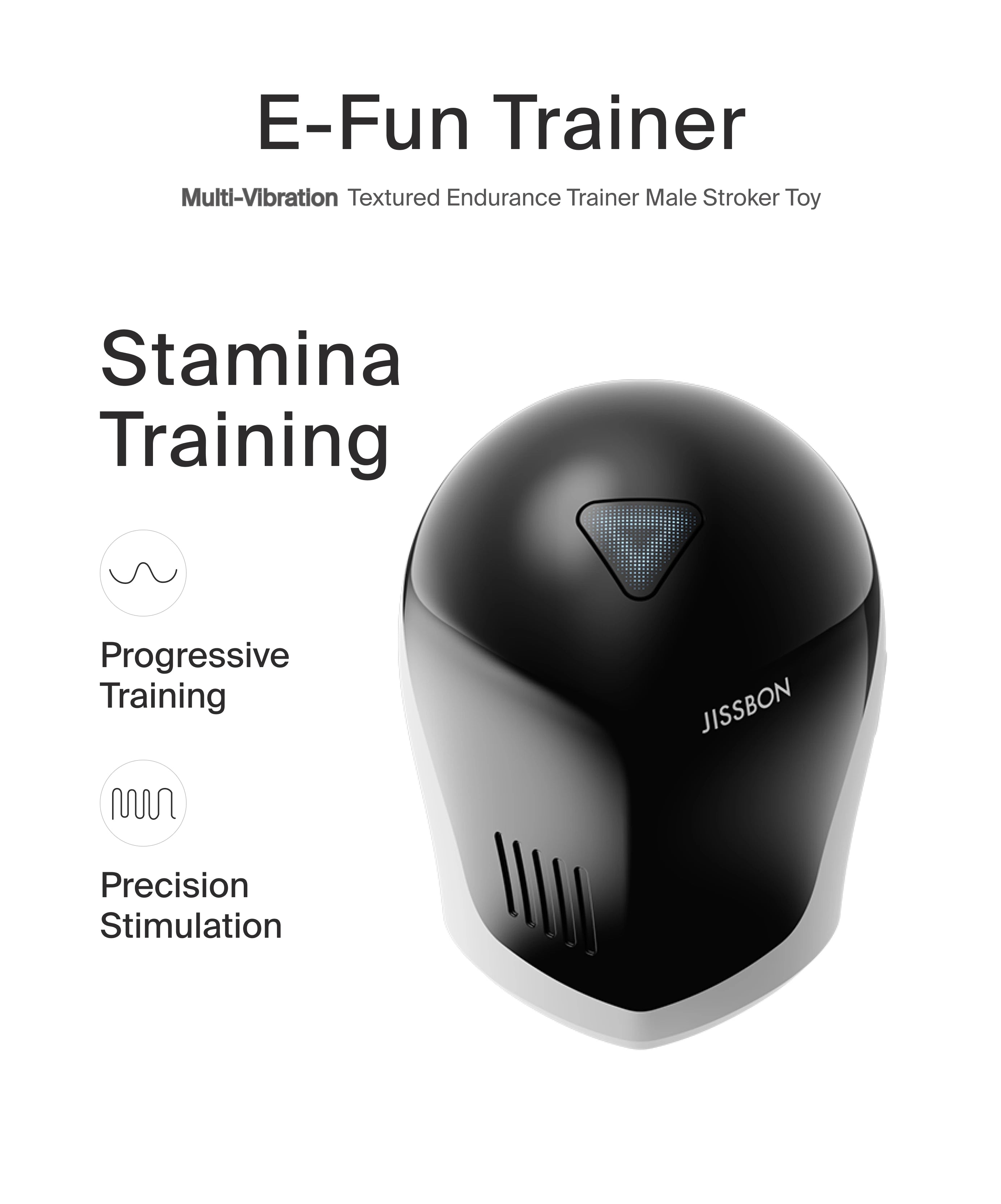Losing clitoral sensitivity can be scary. The good news: clitoral atrophy is usually not permanent. With the right treatment, most people can get their sensitivity back and enjoy sex again.
This guide explains what clitoral atrophy is in simple terms, what causes it, and how to fix it. You'll learn about treatments that work, easy lifestyle changes, and when to see a doctor.
What Is Clitoral Atrophy
Your clitoris loses sensitivity and may get smaller.
The clitoris has more nerve endings than any other body part. When you're turned on, it fills with blood and becomes sensitive. Clitoral atrophy means this normal response stops working properly.
Signs you might have it:
- Can't feel your clitoris even during sex
- Much less sensation when touched
- Clitoris feels smaller or hard to find
- Harder to have orgasms
- Less interest in sex
The clitoris may shrink and hide under the skin. This makes it difficult to stimulate. Losing clitoral function seriously affects sexual pleasure.
Can You Fix Clitoral Atrophy?

Yes, it can be fixed. This is not a permanent problem.
Most people can restore clitoral sensitivity with treatment. The clitoris can heal when you address what's causing the problem. Treatment includes hormones, more sexual activity, lifestyle changes, and sometimes medical help.
How long does recovery take? Some people see improvement in a few weeks. Others need several months. Starting treatment early helps you recover faster.
Will it work? Many people successfully reverse clitoral atrophy. The sooner you start treatment, the better your results.
What Causes It
Understanding the cause helps you choose the right treatment.
Hormones Change
The most common reason.
Your clitoris needs a hormone called testosterone to work properly. When testosterone drops, your clitoris can lose feeling and shrink.
When this happens:
- Going through menopause (natural aging)
- Taking birth control pills (some types lower testosterone)
- Taking estrogen (for other health reasons)
- Having a hysterectomy (surgery that removes ovaries)
Low estrogen also causes problems. Less estrogen means less blood flow to your pelvic area.
Not Enough Sexual Activity
Your body needs regular use to stay healthy.
When you don't have regular sexual arousal—from sex or masturbation—less blood flows to your clitoris. Over time, the tissue can thin and shrink.
Think of it like a muscle. If you don't use it, it gets weaker. Regular arousal keeps blood flowing and tissue healthy. Quality sex toys can help maintain regular stimulation.
Health Problems
Some conditions affect blood flow.
Diabetes can damage blood vessels in your body, including ones that supply your clitoris. Poor blood flow means the area doesn't get enough oxygen and nutrients.
Other health issues:
- High blood pressure
- Heart disease
- Nerve damage
- Some medications
Getting Older
Natural aging changes tissue.
As you age, all body tissues change. Your clitoris can become less elastic and responsive. Combined with hormone changes, this can cause atrophy.
Treatments That Fix It

Several treatments work well to reverse clitoral atrophy.
Hormone Treatment
Replaces hormones your body needs.
Testosterone cream or pills: Your doctor prescribes these. You apply cream directly to the clitoral area or take pills. Most people see improvement in 4-8 weeks.
Estrogen treatment: Available as vaginal creams, rings, or tablets. Improves blood flow to the area. Helps overall vaginal and clitoral health.
Important: You need a doctor's prescription for hormones. Your doctor will check your hormone levels regularly and adjust your treatment.
Have Sex or Masturbate Regularly
One of the easiest fixes.
Having sex or masturbating brings blood to your clitoris. This keeps the tissue healthy and can reverse early atrophy.
How often: Try to have sexual arousal several times each week. This doesn't have to be partnered sex—masturbation works great.
Why this works: When you're aroused, blood flows to your clitoris. This blood brings oxygen and nutrients that keep tissue healthy.
Try clitoral vibrators designed for comfortable stimulation.
Exercise More
Movement improves blood flow everywhere.
Regular exercise like walking, swimming, or cycling boosts blood flow throughout your body. Better blood flow helps reverse atrophy.
Best activities:
- Walk 30 minutes daily
- Swim
- Bike ride
- Dance
- Anything that makes your heart beat faster
Pelvic floor exercises: Simple exercises you can do anywhere. Strengthen muscles and improve blood flow to your genital area.
Use Special Creams
Applied directly to the clitoris.
Some creams help improve tissue health. They often contain vitamin E or other helpful ingredients. These moisturize and nourish the tissue.
How to use: Follow the product instructions. Usually apply daily or a few times per week.
See a Pelvic Floor Therapist
Specialized help from an expert.
A pelvic floor physical therapist teaches you specific exercises. They help improve blood flow and muscle function in your pelvic area.
Talk to a Counselor
Helps with emotional aspects.
A sex therapist can help you work through stress, anxiety, or relationship problems. These issues might be reducing your sexual activity.
Treatment Guide
|
Treatment |
What It Does |
When You'll See Results |
|
Hormone therapy |
Replaces missing hormones |
4-12 weeks |
|
Regular sex or masturbation |
Increases blood flow |
2-8 weeks |
|
Exercise |
Improves circulation |
4-12 weeks |
|
Pelvic exercises |
Strengthens muscles |
6-12 weeks |
|
Special creams |
Nourishes tissue |
4-8 weeks |
|
Physical therapy |
Targeted muscle work |
8-16 weeks |
Check out rabbit vibrators for dual pleasure during recovery.
Easy Daily Habits That Help

Simple changes support clitoral health.
Stop Smoking
Smoking restricts blood flow to your entire body, including your clitoris. Quitting improves blood flow and helps reverse atrophy.
Reduce Stress
Chronic stress lowers testosterone and sex drive. It also makes you less likely to have sex, which makes atrophy worse.
Ways to manage stress:
- Meditate
- Take deep breaths
- Do yoga
- Exercise
- Get enough sleep
Drink Enough Water
Water keeps all your tissues healthy. Aim for 8 glasses daily.
Eat Healthy Food
Good nutrition supports hormone health. Eat fish, nuts, seeds, leafy greens, and whole grains.
Limit Alcohol
Too much alcohol affects hormones and blood flow. Drink less or stop completely.
When to See a Doctor
Don't wait if you notice problems.
See a doctor if:
- You lose clitoral feeling for more than a few weeks
- Your clitoris gets noticeably smaller
- You suddenly have trouble having orgasms
- Your sex drive drops significantly
- These problems affect your happiness
What happens at the appointment: Your doctor asks about your symptoms and medical history. They might do a physical exam and blood tests to check hormone levels.
Don't feel embarrassed. This is a medical condition. Doctors treat it often. Getting help early improves your chances of full recovery.
Talking to Your Doctor
Prepare before your visit.
Write down your symptoms. Include when they started and how they affect your life.
What to say:
- "I've lost sensation in my clitoris and I'm worried."
- "I'm having trouble with sexual pleasure. Could my hormones be the problem?"
- "What treatments can help restore clitoral sensitivity?"
Questions to ask:
- What tests should I get?
- What treatment do you recommend?
- How long before I feel better?
- Are there side effects?
- What can I do at home?
How to Prevent It
Take steps to avoid clitoral atrophy.
Stay sexually active: Regular arousal keeps blood flowing and tissue healthy.
Exercise often: Physical activity maintains good blood flow everywhere.
Watch for hormone changes: If you're starting menopause or new medications, talk to your doctor early.
Do pelvic exercises: Kegels strengthen the area.
Act fast on symptoms: Early treatment works better and faster.
Frequently Asked Questions
How long to reverse clitoral atrophy?
Most people see improvement in 4-12 weeks of treatment. The time depends on the cause and how severe it is. Hormone therapy usually shows results in 4-8 weeks.
Exercise and regular sex may take 8-12 weeks. Starting treatment early leads to faster recovery. Some people improve sooner, others need more time. Stick with your treatment consistently for best results.
Can you fix it without hormones?
Yes, non-hormone options work for many people, especially mild cases. Regular sex, exercise, pelvic exercises, and special creams can all help.
Many people reverse atrophy with just lifestyle changes. If these don't work after 2-3 months, you might need hormone therapy. Talk to your doctor about all options.
Does it only happen to older women?
No, it can happen at any age, but it's more common in older women because of menopause. Younger women can get it from birth control, medications, health problems, stress, or not having sex. Even women in their 20s and 30s can develop it. Anyone with symptoms should get treatment, no matter their age.
Will it stop me from having orgasms?
It can make orgasms difficult or impossible because most people need clitoral stimulation to orgasm. Loss of feeling means less pleasure. However, treatment can bring this back.
Many people fully regain their ability to orgasm after successful treatment. While recovering, try stimulating other areas like your G-spot or nipples.
Does masturbation prevent it?
Yes, regular masturbation is one of the best prevention methods. Masturbation brings blood to your clitoris, keeping it healthy. Aim for arousal a few times each week. You don't have to orgasm—just arousal and stimulation help.
Using vibrators works just as well as using your hands. The important thing is regular blood flow.
Is it the same as vaginal atrophy?
No, they're different problems but often happen together. Clitoral atrophy affects your clitoris—loss of feeling and size. Vaginal atrophy affects your vaginal walls—they get thin, dry, and irritated.
Both often come from low estrogen, especially during menopause. Treatments often help both conditions.
You Can Fix This
Clitoral atrophy is not permanent. With treatment—hormones, lifestyle changes, or more sexual activity—you can get your sensitivity back and enjoy sex again.
The key is recognizing the problem early and getting help quickly. Don't accept less pleasure as something you have to live with. Talk to your doctor and start treatment.
Ready to support your sexual health? Explore body-safe products at Jissbon.
Read more

I’m a big believer that self‑care isn’t limited to bath bombs and meditation apps. Sometimes the most powerful mood booster is hiding in plain sight—right under your partner’s nose (literally). Fre...

Headaches and migraines affect millions of people worldwide, often disrupting daily routines and lowering quality of life. Many look for quick relief from medications and some people try natural r...
